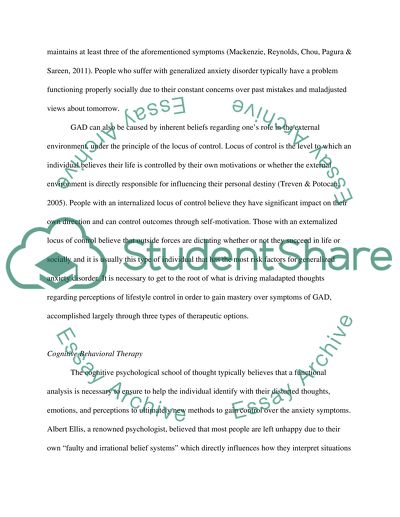Cite this document
(“General Anxiety Disorder: Effective Treatments Essay”, n.d.)
Retrieved de https://studentshare.org/psychology/1391518-general-anxiety-disorder-effective-treatments
Retrieved de https://studentshare.org/psychology/1391518-general-anxiety-disorder-effective-treatments
(General Anxiety Disorder: Effective Treatments Essay)
https://studentshare.org/psychology/1391518-general-anxiety-disorder-effective-treatments.
https://studentshare.org/psychology/1391518-general-anxiety-disorder-effective-treatments.
“General Anxiety Disorder: Effective Treatments Essay”, n.d. https://studentshare.org/psychology/1391518-general-anxiety-disorder-effective-treatments.


